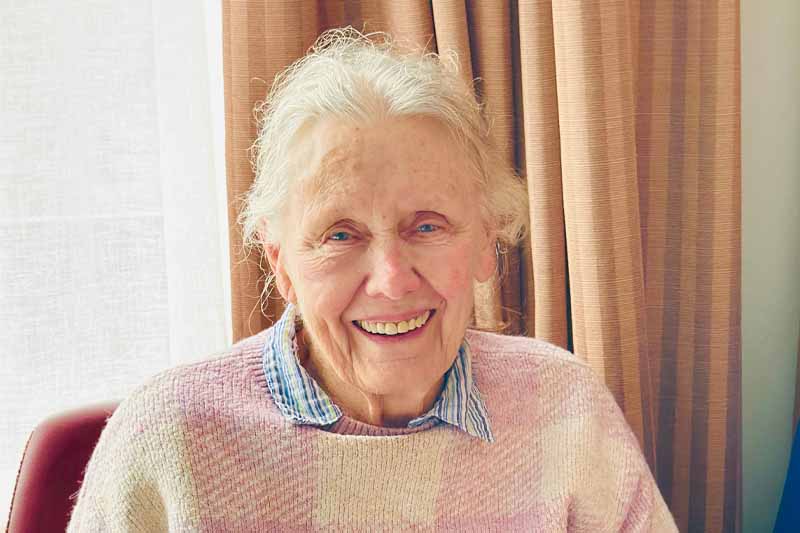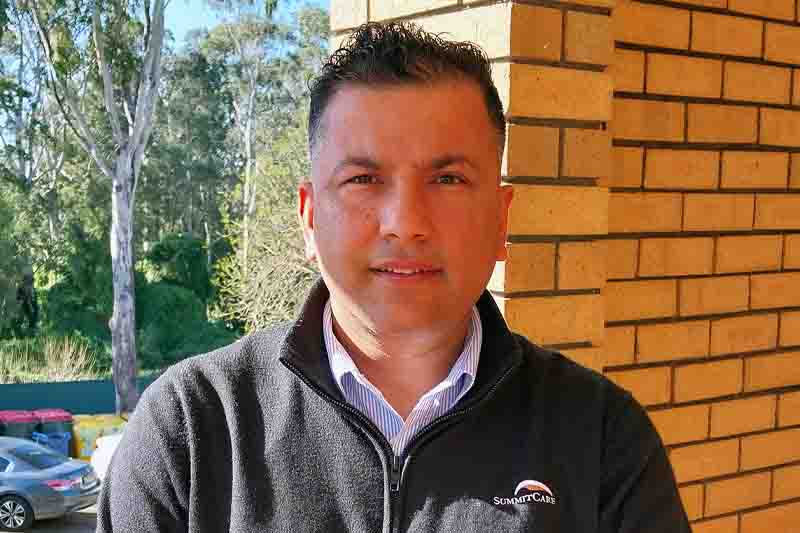Many people have questions about osteoporosis and are confused about what the disease is.
Osteoporosis is a common disease that affects more than one million people in Australia. When someone is living with osteoporosis their bones will be brittle, leading to a higher risk of breaks than in normal bone.
Osteoporosis occurs when bones lose minerals, such as calcium, faster than the body can replace them, causing a loss of bone thickness (bone density or mass).
Which bones are most commonly affected by osteoporosis?
Any bone can be affected by osteoporosis, but the most common sites are the hip, spine and wrist. Fractures in the spine due to osteoporosis can result in height loss or changes in posture.
Are there any symptoms to look out for?
Osteoporosis usually has no symptoms until a fracture occurs, which is why osteoporosis is often called the ‘silent disease’.
Who should be tested?
Certain conditions and medications can have an impact on your bone health and anyone over 50 who experiences a broken bone from a minor bump or fall should be investigated for osteoporosis and have a bone density test. Your local GP can advise you of the process.
What are the risk factors?
- Your family history
- Calcium and vitamin D levels
- Corticosteroids – commonly used for asthma, rheumatoid arthritis and other inflammatory conditions
- Thyroid conditions – over active thyroid or parathyroid
- Conditions leading to malabsorption eg: coeliac disease, inflammatory bowel disease
- Low hormone levels – in women: early menopause; in men: low testosterone
- Some chronic diseases eg: rheumatoid arthritis, chronic liver or kidney disease
- Some medicines for breast cancer, prostate cancer, epilepsy and some antidepressants.
Can lifestyle also have an impact on my bones?
Yes, your lifestyle does make a difference and impacts your general wellbeing.
Risk factors here include:
- Low levels of physical activity
- Smoking
- Excessive alcohol intake
- Weight – thin body build or excessive weight (recent studies suggest that hormones associated with obesity may impact bones)
Moving more, eating well, and cutting down or quitting the things that are bad for you, can help to improve your general health.
Can osteoporosis be prevented?
It can if you look after your bone health. Monitor and keep an eye on your calcium levels. It is recommended that adults have 100mg daily, which increases as you get older.
You can add calcium into your diet easily by including foods such as dark leafy greens, dairy products, canned fish, broccoli and almonds. If you are a resident, ask our dietitian for some great ideas.
If possible get out into the sunshine and top up your vitamin D – a lack of sun exposure can mean you are not getting enough vitamin D, which your body needs to absorb calcium.
Smoking and excessive alcohol are also bad for bones. Speak to your GP if you require any more information on risk factors and osteoporosis prevention.
If you have any concerns see your local GP who will be able to provide you with more information and talk you through any concerns you may have or visit the Osteoporosis Australia website.
Who does osteoporosis affect?
Although osteoporosis can affect both men and women, it generally occurs in women with a larger percentage of women than men living with the disease. The reason for this is that women generally have thinner bones than men and lose bone density when going through menopause.
FAST FACTS
- Osteoporosis affects at least 1 million Australians, mostly women and men of middle-age and older.
- Osteoporosis is a silent disease and usually shows no signs or symptoms until a fracture occurs.
- One in two women and one in four men over the age of 60 will suffer an osteoporotic fracture in their lifetime.
- To help reduce bone loss, about 20% of people with osteoporosis report exercising most days and almost 6% do strength training.











